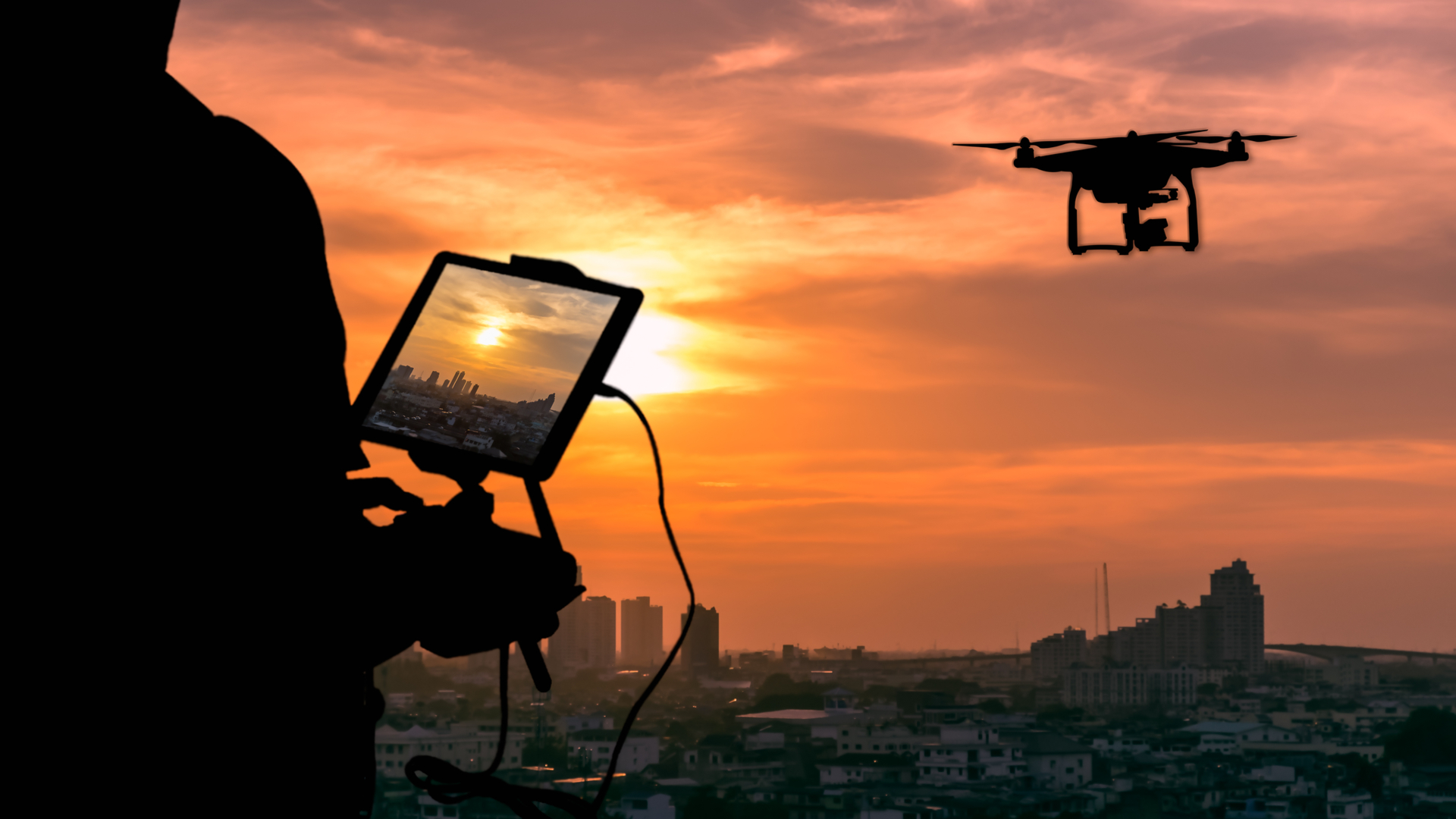Over the past decades, drones with cameras have become more prevalent in the sky, and they are here to remain. UAVs are a popular choice for enthusiasts and aviation explorers. Drone Camera may help filmmakers and photographers become more skilled and enable professionals to capture breathtaking shots and videos that not everyone may.
Essential Things to be Aware of Before Flying a Drone Camera
#1. Drone Registration
Your UAV drone technology requires registration regardless of whether you use it for recreational purposes, professional photography, or cinematography. Remember that you’ll need to take extra procedures to certify your drone if it weighs more than 55 pounds and you intend to use it for business reasons.
#2. Where to Fly
Once you venture to the sky, you should be aware of some fundamental rules as to where to fly your UAV:
- Around five miles of any airfield, drone operation is prohibited.
- It is best to operate your drone below 400 feet.
- Government buildings and nature reserves are off-limits to drone flight.
- Constantly seek permission before using your UAV to hover above other individuals. Simply put, it is politeness.
#3. Kinds of Drones
Here is a list of the types of drone Cameras available in the market that you might like:
- Ready-to-Fly (RTF) – Such can fly directly from the packaging. However, before using it, you must connect the propellers and recharge.
- Bind-to-Fly (BNF) – It doesn’t include controllers, so you’ll need to purchase them individually or download a particular app to your smartphone. Such UAVs do arrive constructed.
- Almost-Ready-to-Fly (ARF) – Such are packages for drones. In most cases, they lack batteries, speed controllers, engines, transmitters, flight controllers, and receptions. Even though you have practically all you need to create your drone, you still need to buy a lot more things to be able to operate it. On the bright side, you can modify these UAVs to suit unique operating demands.
- First-Person Video (FPV) – Such drones may record video and send it to a mobile, virtual reality headset, or other suitable gadgets. Such drones are commonly used for photography to shoot sceneries and other subjects.
#4. Drone Price
Consider how much you can invest in the drone before adding it to your checklist of photographs or film production equipment. Several drones in the lower price point tend to be less steady and more challenging to manage. Low-quality photos will be the effect of this.
There are drones with several functions that assist them in flying better smoothly and steadily while shooting pictures or videos, but they can cost hundreds of dollars or more. Be aware of your spending limits and the special features you may live without.
#5. Weather Situations
Be mindful of the local weather conditions. You should look for a drone that can withstand gusty winds if you reside in an area with a lot of wind. Several drones can withstand winds of up to 20 mph.
To guarantee that your drone can operate effectively, ensure it is weather- and water-resistant. Remember that the optimal conditions for flying your drone are clear blue skies with little to no wind.
#6. Flight Stability
When choosing a drone for photography or filming, one of the most crucial elements you should consider is steadiness. It is essential for recording clips and capturing pictures.
How motionless is the hovering drone? You won’t be able to take sharp, clear pictures if your drone is not hovering in a stable position. Purchase a drown with a stabilizer to guarantee that it is lovely and stable while filming.
#7. Flight Period
Typical drones have a maximum flight time of 30 minutes. It may not seem like a lot of time if you’re trying to shoot aerial photos. You may pay more for the lengthier journey.
You should carefully prepare how to spend the time you may have rather than fretting about how long your drones would fly. Shorter flight times and careful planning of your drone trips will help you save money by preventing wasted time in the air.
#8. Picture Quality
A drone camera is commonly included with UAVs, making capturing photographs and films more straightforward. Some drones may support a tiny camera. You should consider the resolution of the images, whether a camera is attached or used as it comes with the drone.
Takeaway
There are the main factors you should consider carefully before purchasing a drone. Before buying a drone, the key is to take your time and carefully consider the features and functions you require. You can find several top drone technology companies online, such as Zena Drone.


